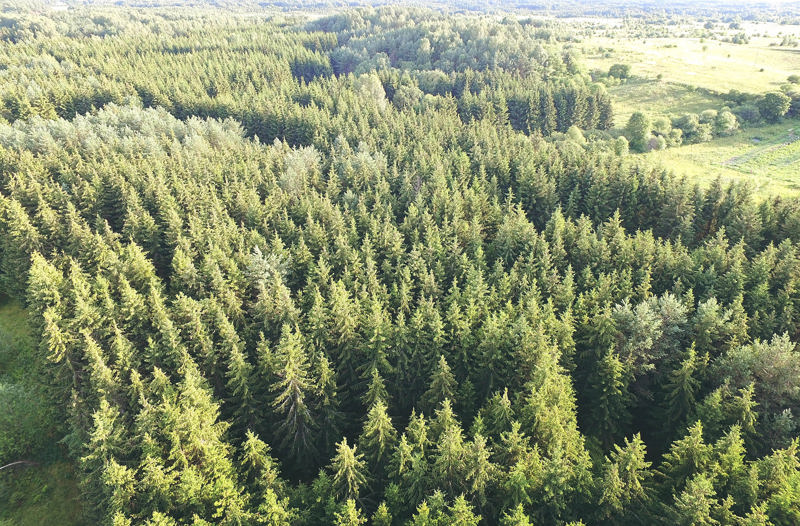Waste from forest management
 Forestry operations can produce a number of different waste materials. These can include:
Forestry operations can produce a number of different waste materials. These can include:
- unused fertilisers and pesticides
- empty fertiliser and pesticide containers
- used oils and hydraulic fluid
- empty fuel containers
- used spill kits
- firefighting waste.
Forestry operations can also produce large quantities of brash, wood chip and bark. If you use them for a specific purpose, such as energy production, then they are not classified as waste.
SEPA: The management of forestry waste
Agricultural waste is subject to waste management licensing requirements. The law considers tree nurseries and Christmas tree production to be agricultural activities. You may need a waste management licence or registered exemption to carry out waste operations or activities.
What you must do
Most materials or substances that your business discards are classified as waste. You must ensure that your waste is handled safely and legally, both on and off your site.
Even if you reuse, recycle or treat materials or substances, they can still be classified as waste. You must ensure you recycle safely and legally, both on and off your site.
If you work as a sub-contractor and your main contractor reuses, recovers, recycles or disposes of the waste you produce, you are still responsible for making sure the waste is handled, recycled or disposed of safely and legally.
You must treat all containers of highly flammable substances as hazardous/special waste.
You must store all liquid wastes securely, in bunded secondary containment areas, where they cannot pollute drains, watercourses or surrounding land.
Keep spill kits nearby to contain and control accidental spills. More detailed information on bunds is available in Pollution Prevention Guideline (PPG) 2.
GPP 2 Above ground oil storage tanks
Before you reuse, recover, recycle or dispose of waste containers, you must check whether their contents are classified as hazardous/special waste. Read the label on the container or the relevant Safety Data Sheet to help you do this.
If the contents are classified as hazardous, then you must treat the entire container as hazardous/special waste.
Good practice
Segregate wastes and make sure that you do not mix hazardous/special waste with other waste. If you don't do this all the waste will be hazardous/special waste.
You can use brash in a number of ways during forestry operations, for example to prevent soil erosion and to protect regrowth.
Forest Research: Managing brash on conifer clearfell sites (Adobe PDF - 2.34MB)
SEE ALSO: Guidance for the Forestry sector
